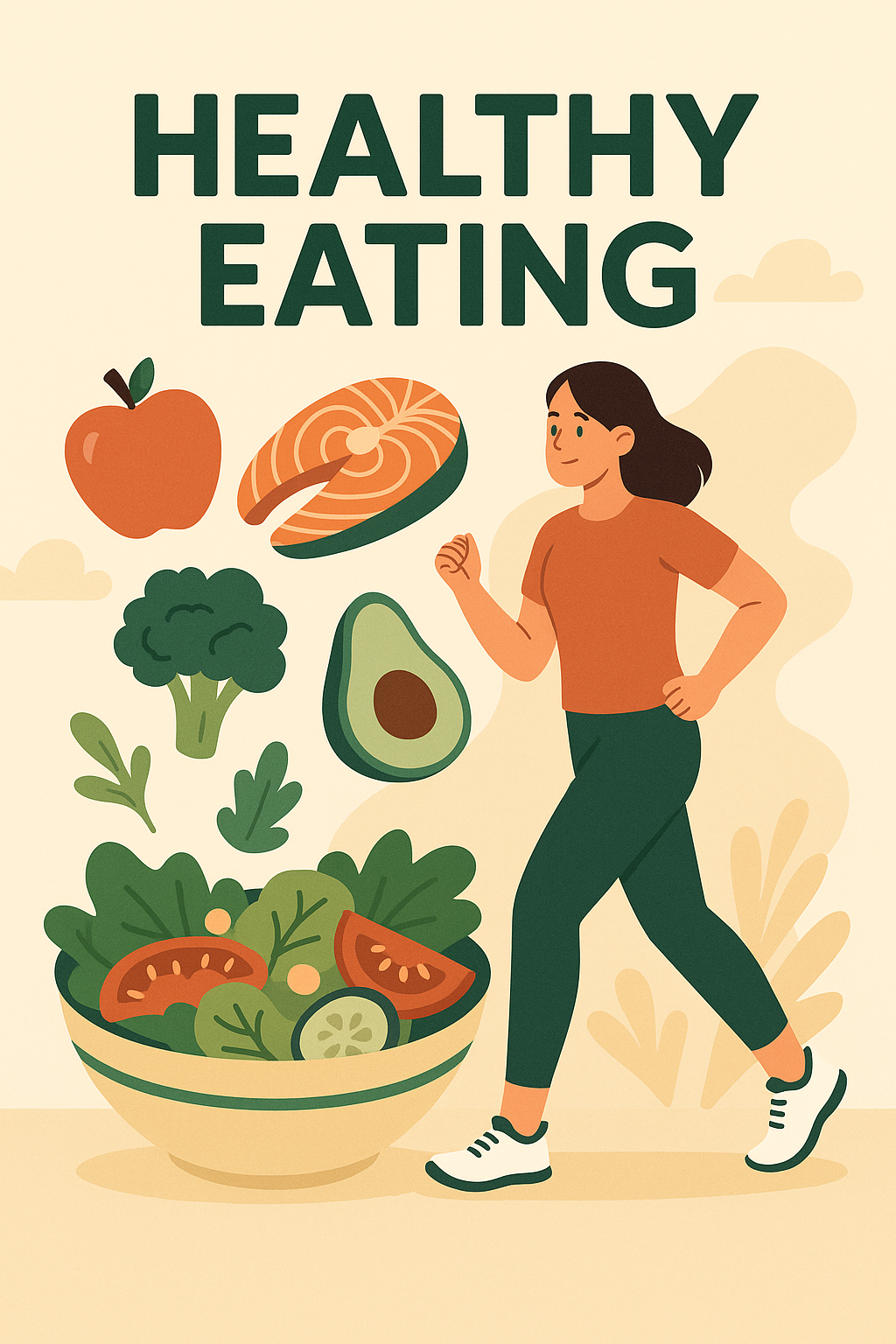Low GI Diet: How Low Glycemic Index Foods Help Stabilize Blood Sugar and Improve Health

Why is the Low GI Diet Gaining Attention?
In today’s food environment, refined carbs and sugary products are everywhere, causing blood sugar to spike and crash quickly. Over time, this pattern may increase the risk of diabetes, obesity, and cardiovascular disease.
The Glycemic Index (GI) measures how quickly foods raise blood sugar. High-GI foods spike glucose rapidly, while low GI foods release energy slowly, keeping blood sugar stable. This makes the low GI diet a powerful tool for weight management and overall health.
Benefits of Low GI Foods
- Better Blood Sugar Control
- Ideal for people with diabetes or insulin resistance to prevent post-meal sugar spikes.
- Longer Satiety
- Low GI foods digest slowly, helping reduce appetite and prevent overeating.
- Heart Health Support
- Studies link low GI eating patterns with lower cholesterol and triglyceride levels.
- Weight Management
- Prevents the “sugar high and crash” cycle that often leads to overeating.
Common Low GI Food List
✅ Whole Grains: oats, quinoa, brown rice, buckwheat
✅ Legumes: lentils, chickpeas, black beans, kidney beans
✅ Vegetables: spinach, broccoli, carrots, tomatoes
✅ Fruits: apples, cherries, grapefruit, kiwifruit
✅ Protein Sources: fish, chicken breast, tofu, eggs
⚠️ Avoid High GI Foods: white rice, white bread, sugary drinks, mashed potatoes, pastries.
How to Follow a Low GI Diet
- Swap Refined Carbs: Replace white rice and bread with brown rice or oats.
- Pair with Protein & Healthy Fats: Eating carbs with protein (like fish or chicken) and fats (like nuts or avocado) slows glucose absorption.
- Choose Whole Foods: Avoid overly processed foods to retain fiber and nutrients.
- Watch Portion Size: Even low GI foods can raise blood sugar if consumed excessively.
Scientific Evidence
Research from Harvard T.H. Chan School of Public Health shows that a low GI diet reduces the risk of type 2 diabetes and improves blood sugar control in diagnosed patients. Long-term adherence is also linked to a lower risk of cardiovascular disease.
Conclusion
A low GI diet isn’t just for people with diabetes — it’s beneficial for anyone who wants stable blood sugar, weight control, and better heart health. By making simple swaps, you can implement low GI eating into your daily life.
👉 Start today: switch your white rice to brown rice, or snack on fruit instead of candy. Small changes can make a big difference in your long-term health.



